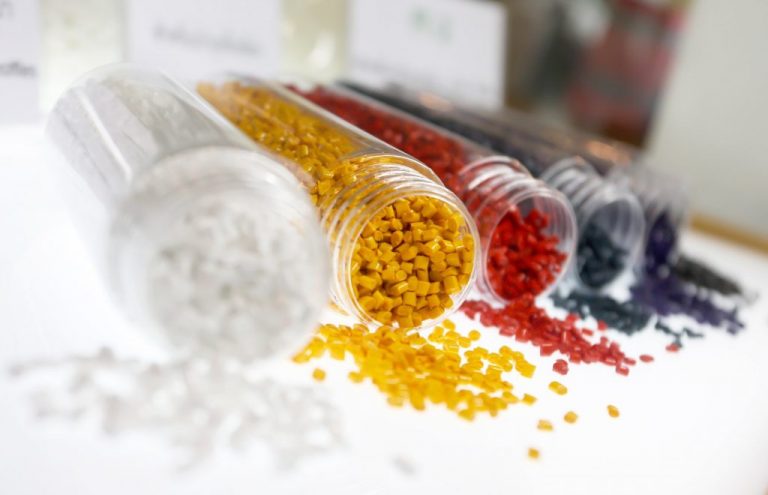Compression moulding has been around since the mid-19th Century and was originally used for compressing rubber. The fact that it is still popular today as a manufacturing method pays tribute to its many advantages. Compression moulding is especially effective for larger, bulky components made from rubber and, more commonly these days, plastic.
The process works by having a custom-made metal mould that is heated up, and ready to receive the plastic material. The plastic is softened by the heat and forced into the mould, where it takes the desired shape. The mould closes, and the material is compressed into position by heavy hydraulic presses. The newly shaped component is cured while it hardens and cools, ready to be extracted from the machine and quality checked. The curing stage helps to set the new component and ensure its structural integrity.
Why choose compression moulding?
Advantages to the compression moulding method of manufacturing are numerous. It is a simple process that requires few tools and easily sourced materials. The fact that the component is shaped inside the mould with no joins or multiple parts makes compression moulding a very strong, resilient manufacturing method. The process is ideal for making parts that are intended to undergo high levels of usage and stress. It is great for producing thicker parts and larger, bulky items with uniform dimensions. The process is great for short production runs that require bespoke specifications as it can achieve good levels of accuracy and quality control.
Disadvantages include the fact that there may be more waste produced, due to the process not being quite as precise as other methods. The process can also be slower than comparable manufacturing methods, such as plastic injection moulding. It is also more suited to simpler designs, rather than complex applications with several moving parts. Quality control is vital, as specks of dirt can get into the machine and affect the appearance of the finished product.
What products can be made by compression moulding?
As moulds are custom designed and built, there is pretty much endless scope when it comes to planning the size and shape of compression moulded products. The process particularly suits larger and bulkier applications, although it offers an effective manufacturing process for a wide range of items.
In past times, compression moulding was the chosen process for manufacturing several Bakelite product lines, which included desk lamps, radios, telephones, jewellery boxes, board games, kitchen utensils and tableware. Although other plastic-based materials have risen in prevalence nowadays, the compression moulding manufacturing process still remains popular. In particular, kitchen and table
ware such as melamine plates, cups, bowls and containers are commonly made by compression moulding, to great effect.
In other sectors, compression moulding is used to make electrical housings, knobs and switches, handles, automotive components, body armour and storage solutions. The automotive industry prize the method for making components such as car bonnets, bumpers and spoilers. Compression moulding allows for colours to be added for the design, promotional and branding reasons, using colour-fast plastic materials for longevity and durability of the finished effect.
What makes it different to plastic injection moulding?
The two processes are both used across multiple industries and manufacturing sectors to produce robust, versatile, bespoke plastic components and other key items. The difference comes in how the component is formed inside the mould. While compression moulding involves softened plastic taking the shape of the mould via hydraulic pressure and heat, plastic injection moulding uses molten, or liquid plastic and forces it through the machine into the mould, where it forms the required shape and is left to harden and cool.
Plastic injection moulding is a faster process, able to create more complex shapes and sizes. Compression moulding results in more robust, durable and dimensionally stable products that plastic injection moulding, and is preferred for more industrial items that do not require complicated shapes or moving parts. The aerospace and railway industries use the process to make bigger components that come under intense pressure, for example.
Compression moulding is available at a relatively inexpensive price. The versatile range of products created by the method is impressive and offers great value in terms of quality control, durability and choice of design.

